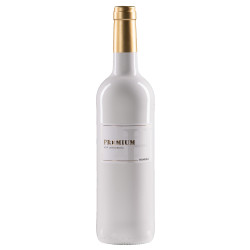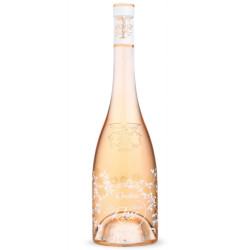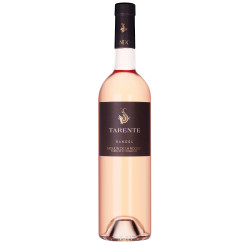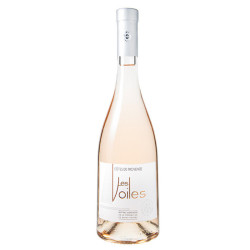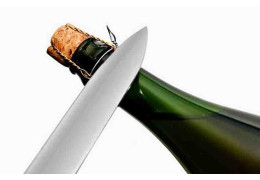Free delivery on purchases of €150 or more per winegrower in France and €250 in Europe (excluding United Kingdom)
Free delivery on purchases of €150 or more per winegrower in France and €250 in Europe (excluding United Kingdom)
-
- Great Offer
-
Our wines
-
-
By colors
-
All the wines
-
-
-
All Regions
-
-
-
-
Our organic & natural wines
-
-
Our Champagnes & Spirits
-
-
All Champagnes
-
-
Spirits
-
All the spirits
-
-
-
Our winemakers
-
-
-
winemakers
-
-
-
Our advice
-
-
Find your wine
-
-
-
- Our commitment !
-
- Great Offer
-
Our wines
-
-
By colors
-
All the wines
-
-
-
All Regions
-
-
-
-
Our organic & natural wines
-
-
Our Champagnes & Spirits
-
-
All Champagnes
-
-
Spirits
-
All the spirits
-
-
-
Our winemakers
-
-
-
winemakers
-
-
-
Our advice
-
-
Find your wine
-
-
-
- Our commitment !
Unbeatable !
EVERYTHING YOU NEED TO KNOW ABOUT ROSÉ WINE

For many of us, spring is synonymous with a glass of rosé on a sunny terrace.
But are you sure you know everything about this wine? For example, do you know why some rosés are pale while others are quite pink, and what the color of a rosé wine signifies? Avenue des Vins clarifies the main misconceptions that persist about rosé wine.
True or false?
- Rosé is a blend of white and red wine… False and completely incorrect! Contrary to popular belief, rosé wine is never made from a blend of red and white wines. This practice is actually strictly prohibited in Europe, except for Champagne, which blends Pinot Noir and Pinot Blanc to produce rosé Champagnes.
So, how is rosé made? In reality, rosé wine is made from black grapes and gets its pink color from the skin of the berries used to make it. In these cases, why is the wine pink and not red, you may ask? Simply because the grapes used for making rosé are black grapes with white juice. The color mixing occurs during the maceration of the grape, which means when the pulp and skin come into contact. For red wine, this process can last several days. For rosé wine, however, it only lasts a few hours. That's why the color of this wine is lighter.
- Rosé comes in several colors… True. Just like its white and red counterparts, rosé wines come in a range of colors. In fact, the color spectrum of rosé wines is even broader than that of red and white wines, with professionals counting 9 shades: raspberry, currant, onion skin, brick, marble, coral, salmon, rosewood, and flesh.
The first 4 refer to darker rosés that have undergone a long maceration process in tanks. This method is called "saignée rosé." The other 5 shades are lighter, sometimes almost white, and come from a pressing process. This method involves pressing the berries directly after harvest so that the white juice doesn’t absorb too many pigments from the skins of the black grapes, which explains the pale color of a "press rosé." Winemaker Erwann de Barry from Domaine la Belle Collection proudly advocates this method.
- The paler the rosé, the lower the alcohol content… Wrong! Some rosés are so light that they can easily be mistaken for white wine or even water. But don’t be fooled, as this in no way means that their alcohol content is lower than that of a bright pink rosé. This is because fermentation (the transformation of sugars into alcohol) occurs after maceration.
However, the color will affect the aromas and thus the taste of the wine. A light-colored rosé generally has aromas similar to those of white-fleshed fruits found in white wine, while bright-colored rosés release aromas of cherry, blackberry, blackcurrant, or raspberry—typical characteristics of red wine.
Has this article made you want to drink rosé? Take a look at our selection !
Our nuggets
Related articles
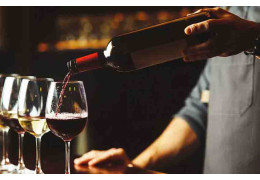
HOW MANY GLASSES IN A BOTTLE OF WINE?
You want to know how many glasses you can serve with a bottle of wine or cha...

THE USE OF EXPRESSIONS CONTAINING THE WORD ‘WINE’ WILL SOON BE BANNED IN FRANCE...
Are you familiar with the expressions ‘mettre de l'eau dans son vin’ and ‘re...

3 QUESTIONS YOU MAY HAVE ABOUT ORGANIC WINE
These days, you can find ‘organic’ everywhere.
